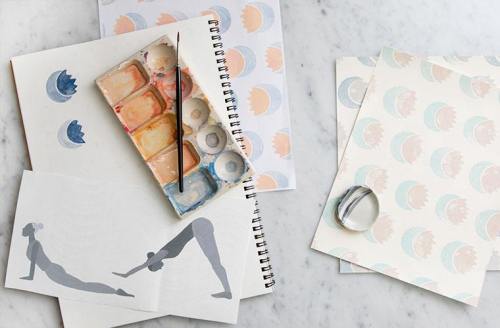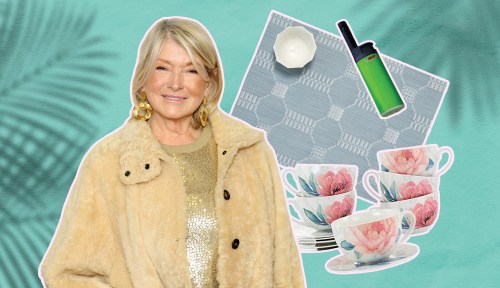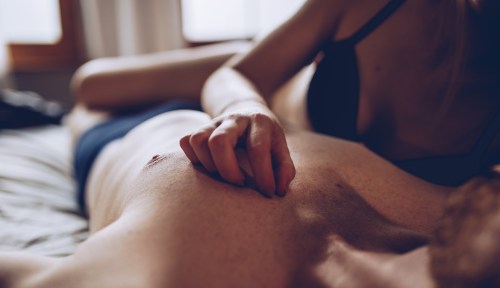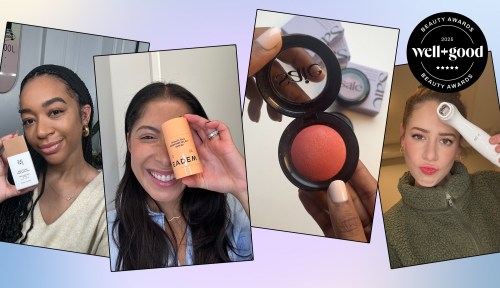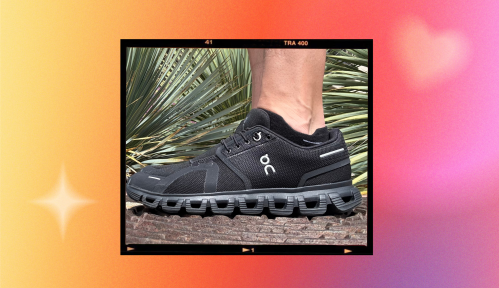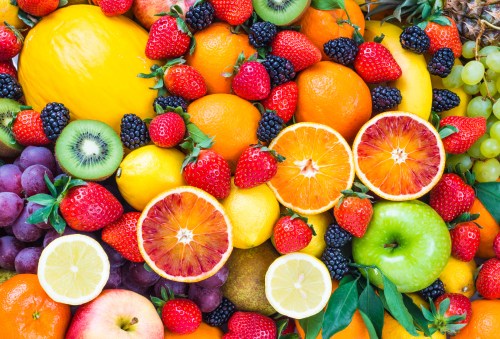Color and pattern can have a real impact on a surprisingly vast variety of things, like your mood and your digestion, which is why a simple change in paint or the application of wallpaper can transform a room from a glorified sterile box to a rejuvenating sanctuary for rest.
In designing the fall line of wallpapers for her namesake brand, artist Rebecca Atwood wanted her prints to create an interior that’s “beautiful, calm, and [that] promotes well-being.”
During the design phase, Atwood realized the shapes she was producing reminded her of yoga poses. “I love that feeling after a yoga class where everything feels a bit more easeful,” she said. “I want to create that feeling at home.”
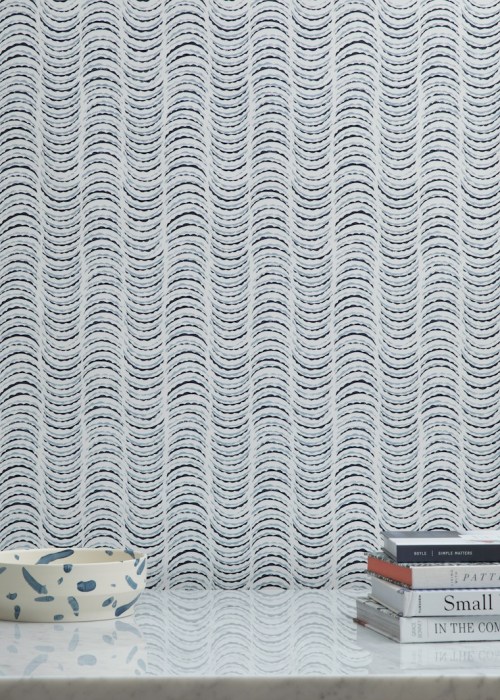
The resulting collection—primarily inclusive of blues, pinks, and grays—features five wallpapers ($175 per five-yard roll) inspired by your favorite yoga poses: Sun and Moon (downward dog and upward dog), Cat Cow, Dotted Palm (tree pose), Sun Stamp (child’s pose), and Thin Stripe (shavasana).
Atwood’s soothing and pretty patterns are one way to put the om in home and keep the mindfulness going even after you leave your Sunday hatha yoga class.
Here’s the French way to put your wallpaper to use. Plus, get decorating tips from the always stylish Kate Moss.
Sign Up for Our Daily Newsletter
Get all the latest in wellness, trends, food, fitness, beauty, and more delivered right to your inbox.
Got it, you've been added to our email list.
